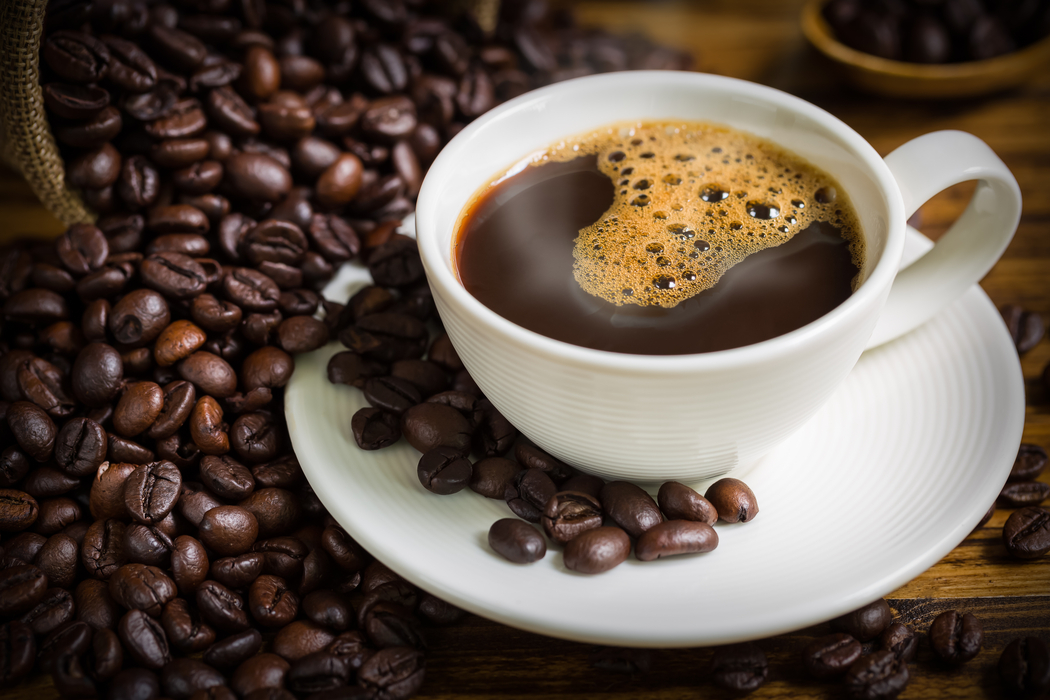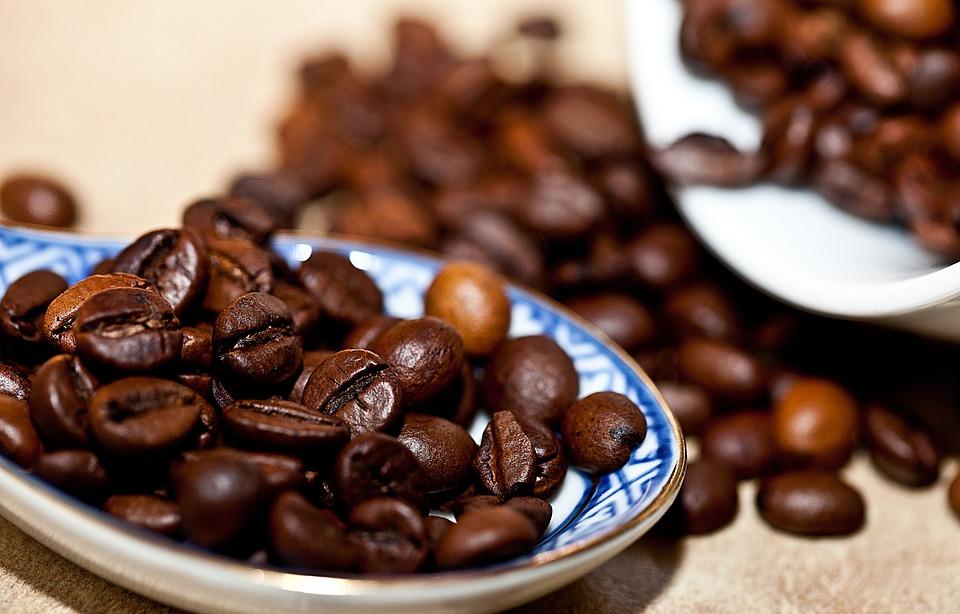Coffee has been a favorite drink to many for centuries and has seen a renaissance period in the last decade, mainly due to large coffee shop brands turning up on every corner. There are over twenty thousand types of coffee, but most coffee that we use is of two main varieties. Robusta coffee makes up 40% of global consumption while Arabica covers 60%, both are produced all over the world.
Quick Coffee Facts
Coffee trees can take over six years from planting before they are ready for the first harvest.
A coffee tree will usually be suitable for harvesting for twenty-five years, yielding around 2000 beans per year.
Coffee beans can take up to seven years from picking before they reach your local shop, this is due to the intensive preparation of the beans.

Most coffee beans are roasted in the country that sells them; this is because once a bean has been roasted, it is best to use it as soon as possible.
Although coffee was discovered in the Middle East, Brazil is the largest producer of coffee beans today, followed by Vietnam and then Columbia.
Peaberry Coffee
Although many people think that Peaberry Coffee is a strain of coffee plant, this is untrue. Peaberry coffee is a mutation which occurs within the plant, so rather than producing two beans in one fruit you only get one. Peaberry coffee accounts for 5-10% of the coffee market today. Many coffee connoisseurs prefer this type as they believe it has a sweeter taste, possibly caused by only having one bean take all the goodness from the plant. An unmutated coffee bean is ordinarily flat on one side because of its need to share space with another bean, and this means when roasting the bean, it may be less inclined to roll as easy. Coffee beans need to be continuously moved when roasting, and as Peaberry is rounder, this makes it easier to move and so giving a better, sweeter taste.
Arabica Coffee
The tree that produces coffee Arabica (Arabian coffee) will only grow at higher altitudes, and this helps to provide a denser, richer bean. This variety accounts for approximately 60% of global coffee production. Although this strain of coffee originates in the middle east, Brazil is the major exporter. Coffee Arabica is not a specialist coffee, but it is higher quality than many other varieties and demands a higher price, this is due to the small yield from the trees and the difficulty in only growing on mountainsides and high altitudes. Arabica coffee has only half as much caffeine as other varieties, but as it has unique aromas, flavors, and tastes, it is still the most popular type available in shops. It is the most popular drink in the Middle East and has been given a status of Intangible Cultural Heritage of Humanity of Arab states by UNESCO. Serving and drinking in the region is done with great care and ceremony.

Robusta Coffee
Sub-Saharan Africa is where Robusta coffee originates, and currently, Vietnam is the largest producer in the world. It is the second most popular bean, behind Arabica and is commonly used for instant coffee and espresso. The bean produces more caffeine with less sugar content, and this can make it a little acidic when compared to other varieties. The tree that produces the beans is very resilient and can withstand high temperatures, although it does like plenty of water to stay hydrated. As the bean contains around twice as much caffeine as Arabica, it can resist pests and diseases easier, and this makes it an excellent crop for farmers as the trees need little attention to grow. The trees reach maturity much earlier, and the yields are much higher than that of the Arabica tree. They can grow up to ten meters in height but are generally trimmed to make it easier to harvest the fruit which contains the beans.
Exotic Choice
Some coffee is costly as it is very labor intensive to get the bean ready for the consumer. For the adventurous coffee drinker why not try the world’s most expensive type, which is Kopi luwak, it may sound disgusting, but the beans are collected from the feces of the Asian palm civet which is a small cat-like mammal. Don’t worry, the beans are well cleaned before reaching your coffee maker, but they can cost up to $500 per kilo.
The main differences with the available coffee on the market are the processes that the bean has undergone from harvesting to the cup. Some coffee beans are fed to animals such as elephants and cats as this has been noted to make the beans less acidic when brewed. Don’t get too hung up on what bean you use, but try the different varieties available until you find the one that suits your taste buds, and wallet.